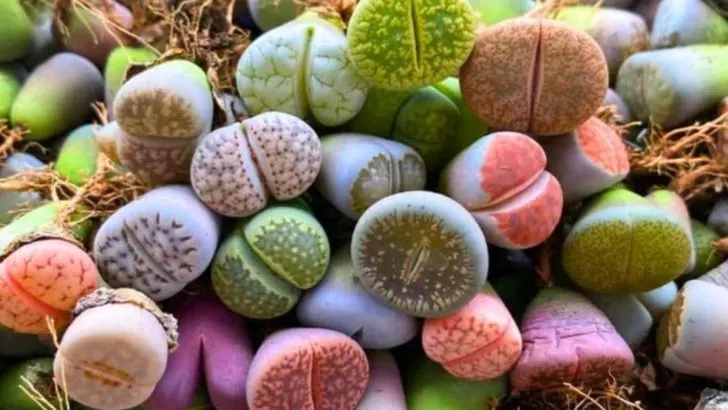Some plants stand out not just for their beauty but for their rarity and uniqueness. Whether it’s striking colors, bizarre shapes, or unexpected growing habits, these nine rare and unusual plants are guaranteed to impress any gardener. Discover fascinating species that will make your garden a true conversation starter!
Corpse Flower
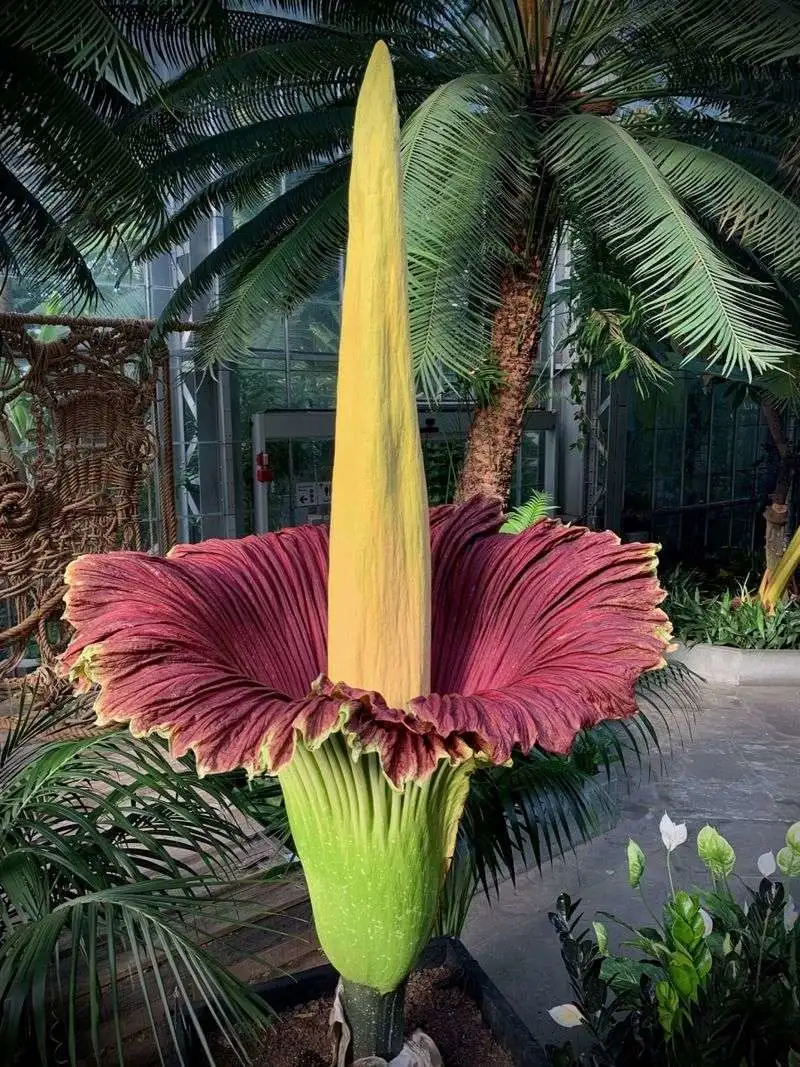
Known for its massive bloom and distinctive odor, the corpse flower is a spectacle in any collection. Its towering structure and deep red blooms create a striking visual impact. Patience is required, as it may take years to flower. When it does, the event is brief, so timing your visit is crucial. Suitable for those with space and curiosity, it’s a unique addition that demands attention and care. Its rarity and unusual characteristics make it a plant worth the wait.
Lithops
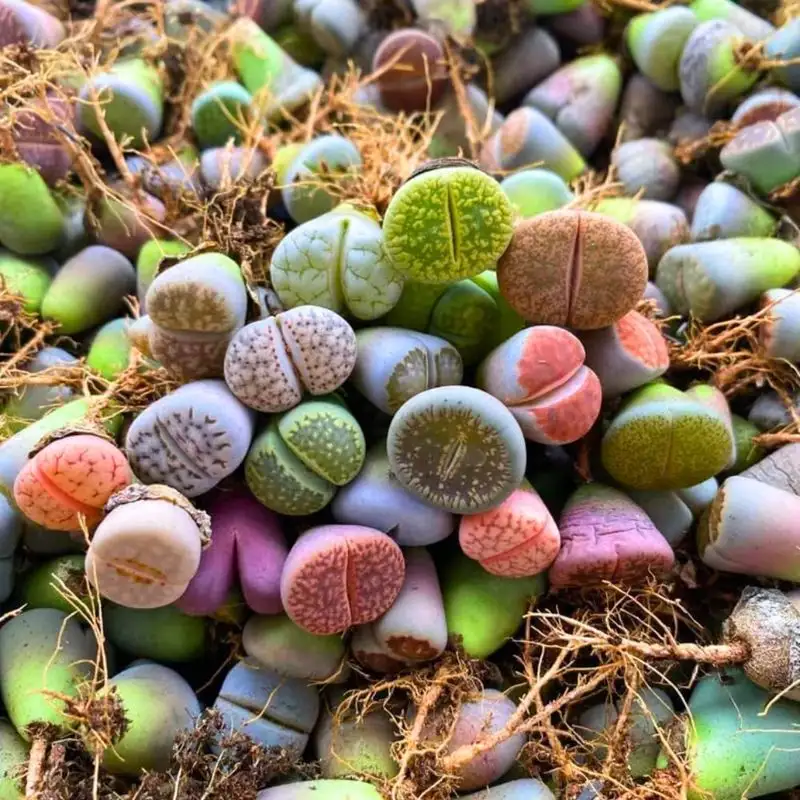
Resembling small stones, lithops are a captivating surprise. These succulents mimic rocks to avoid predators, making them a clever choice for window sills. Their quirky appearance draws attention, especially when they bloom delicate flowers. Easy to care for, they require minimal water but ample light. A conversation starter, lithops are perfect for adding intrigue to small spaces. Their adaptability to indoor environments makes them ideal for those with limited outdoor access.
Ghost Orchid
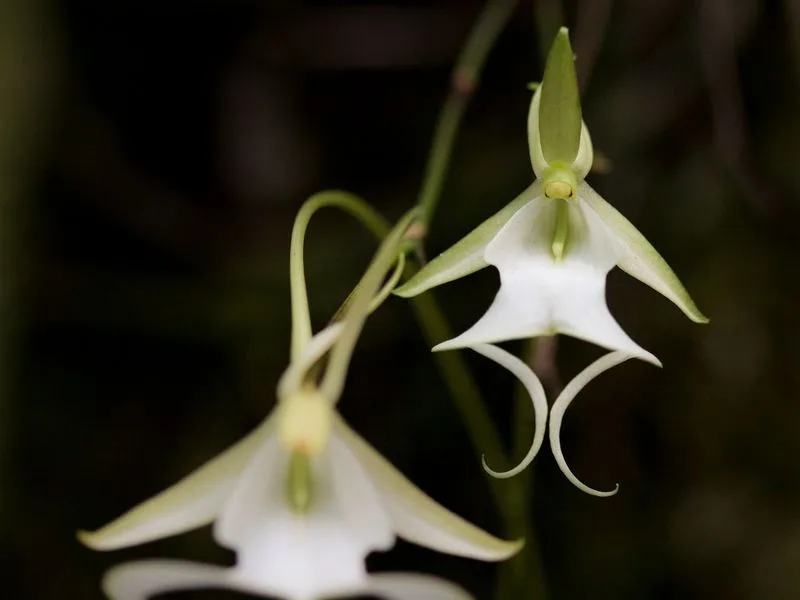
The ghost orchid’s ethereal beauty is unmatched, often found in swamps and humid forests. Its leafless stem and delicate white flower appear to float in mid-air, lending an otherworldly charm. Blooming sporadically, it challenges even the most avid collectors. This orchid’s preference for specific conditions makes it a rewarding challenge. Its haunting beauty and elusive nature make it a prized find for those willing to meet its needs.
Welwitschia
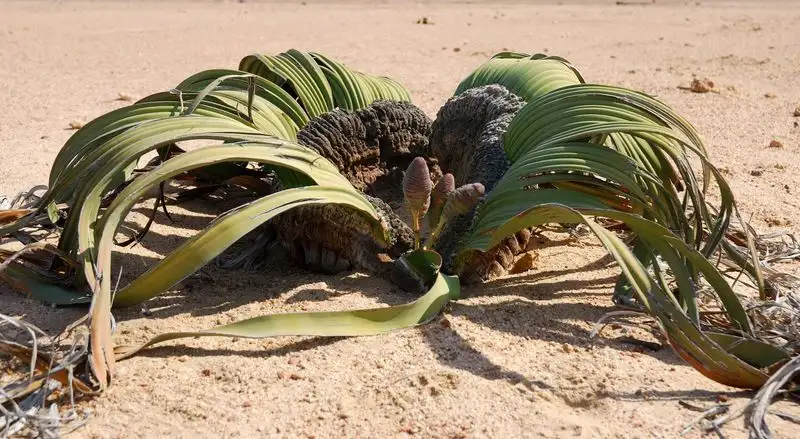
Considered a living fossil, welwitschia captures attention with its unique form and longevity. Native to the deserts of Namibia, it defies harsh conditions with its long, ribbon-like leaves. Able to survive for centuries, it’s a testament to resilience. Growing slowly, it requires a specific environment but offers an unparalleled glimpse into botanical history. Ideal for collectors interested in prehistoric flora and arid landscapes.
Bat Flower
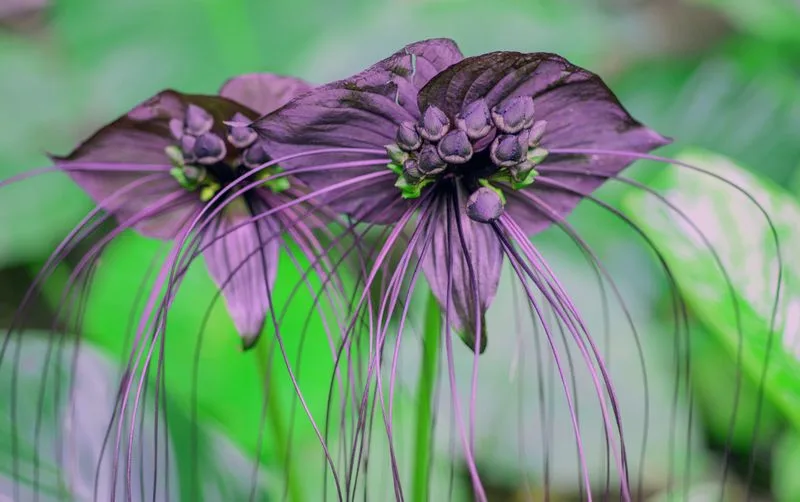
The bat flower’s exotic looks are unforgettable, with its bat-shaped blooms and long whiskers. Native to Southeast Asia, it thrives in warm, humid environments. This plant is perfect for those seeking the extraordinary, offering a dramatic presence indoors or in tropical gardens. Its dark, mysterious flowers contrast beautifully with greenery, providing a touch of the unusual.
Doll’s Eye
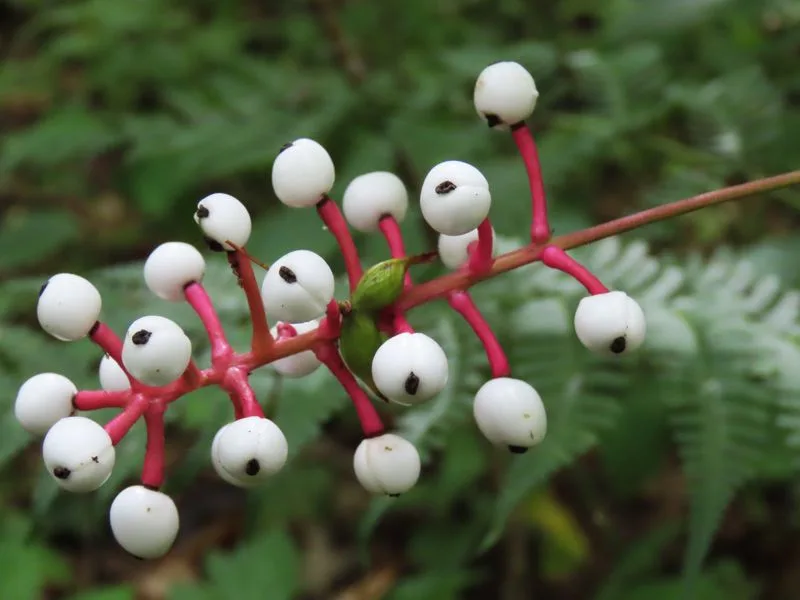
Doll’s eye stands out with its eerie, berry-like structures resembling eyes. Found in North American forests, this plant is as intriguing as it is toxic. The stark contrast of its white berries against green foliage adds a peculiar charm. Caution is advised, as all parts are poisonous. It’s a fascinating choice for those interested in unusual appearances and native woodland settings.
Blue Puya
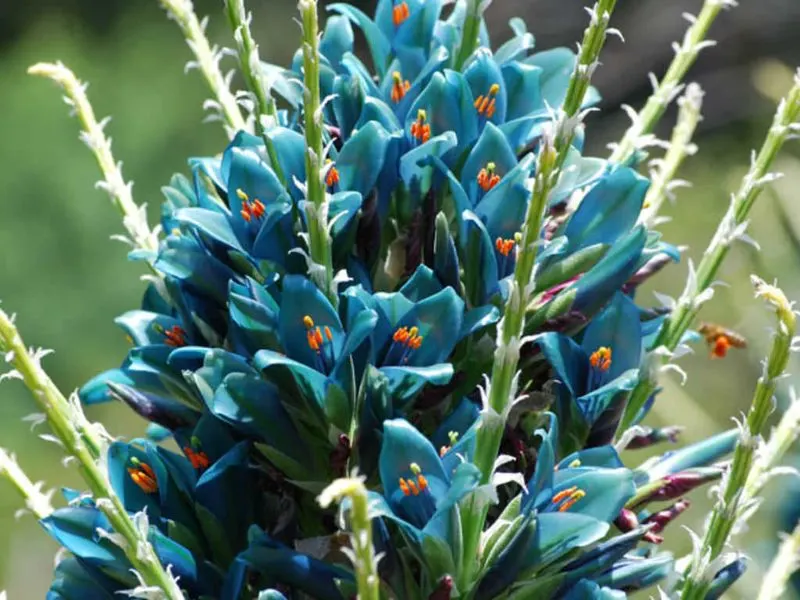
Blue puya captivates with its towering blue spikes and spiny foliage. This South American native thrives in rocky, arid environments, offering a vivid splash of color. Its dramatic blooms are a magnet for hummingbirds and gardeners alike. However, its size and spiky leaves demand space and respect. This striking plant is ideal for creating a focal point in xeriscaped gardens.
Sensitive Plant

The sensitive plant entertains with its reactive foliage, folding upon touch. Its interactive nature makes it a favorite among children and adults. Small, pink flowers add an extra layer of charm to this tropical native. Ideal for warm climates or as an indoor curiosity, it requires regular moisture and indirect light. Perfect for those who enjoy plants with personality and playfulness.
Monkey Puzzle Tree
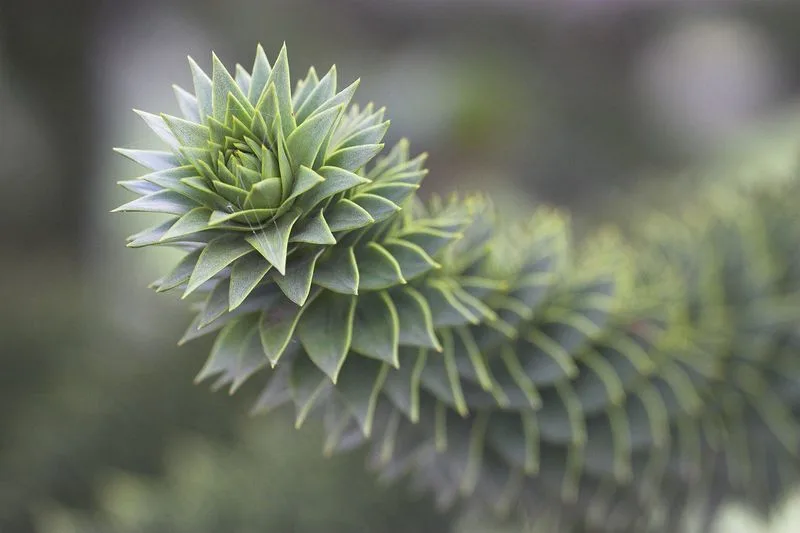
The monkey puzzle tree’s distinctive silhouette is instantly recognizable. With spiny branches and symmetrical form, it adds architectural interest. Native to South America, it’s suited for larger spaces where it can reach its impressive height. Its long lifespan and unique appearance make it a gardener’s delight. It’s a living testament to nature’s creativity, offering both beauty and intrigue.

